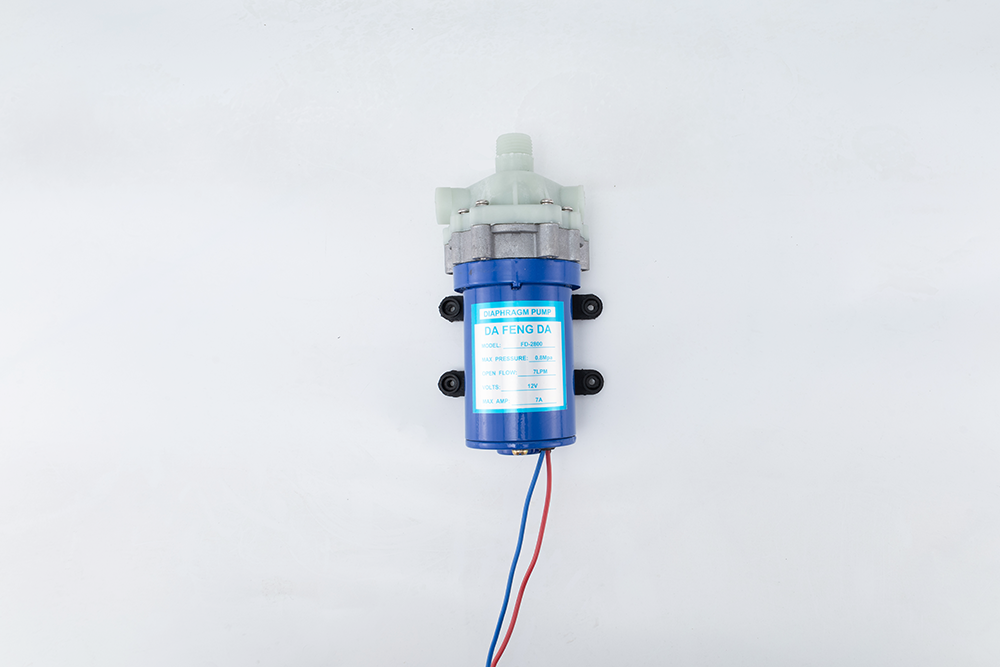Irrigation security
Water Supply: The pumps are the core component of drip irrigation systems. In this regard, they allow for precise delivery of water to the fields in accordance with the water needs of the crops at their various growth phases. For instance, the process of growing vegetables begin with seedling nurseries which require a low amount of water on several occasions. Here, the seedlings should be sprinked with water on their roots through automated control systems so as to prevent wastage of water. Such good practices would certainly make irrigation more effective.
Increased depth of irrigation: Unsurprisingly, These centrifugal pumps are able to create high enough vacuums/pressures to scrape lift a vast array of water sources including wells, rivers, and lakes and put that water over dry, high elevation — and flat — fields. This is particularly a critical issue in drought prone areas such as Africa and parts of Asia and even Mediterranean regions. Some of the farmlands, do not enjoy the luxury of having water sourceside by side, and natural gravity ivid panoramic view cannot suffice. Hence, more power generates water and each landamass inch can be piped to irrigate. This in turn makes the growth prospects of agriculture far greater than what has been imagined.
Water Resources Recycling
To address the high levels of waterlogging experienced in paddy fields in the Southern region, pumps can be utilized in irrigation, particularly in poorly draining soils. This will ensure rice growing regions are not flooded during the rainy season. As an example, the high levels of rainfall and groundwater that characterize a given area necessitate the installation of pumps to facilitate land drainage. The stored drained water can then be utilized for irrigation by harnessing pumps requiring minimal processing. As a result, this process will be quite efficient in the context of agricultural practices of the future and thus the aims of sustainable agriculture will be met, where the task is to provide greater efficiency of water resource management.
Modification of the Stability of Agricultural Ecosystems
Moreover, sensible irrigation systems developed by pumps ensures the right balance of moisture in the soil. With the appropriate moisture levels, soil microorganisms have a more favorable environment, and these organisms are crucial in the process of organic matter decomposition as well as soil structure improvement. For instance, certain nitrogen-fixing microorganisms thrive when the humidity is right, and in turn, they help to furnish nitrogen nutrition to the plants thereby enhancing growth which contributes to the vastness of the agricultural ecosystem – thereby increasing its stability.

